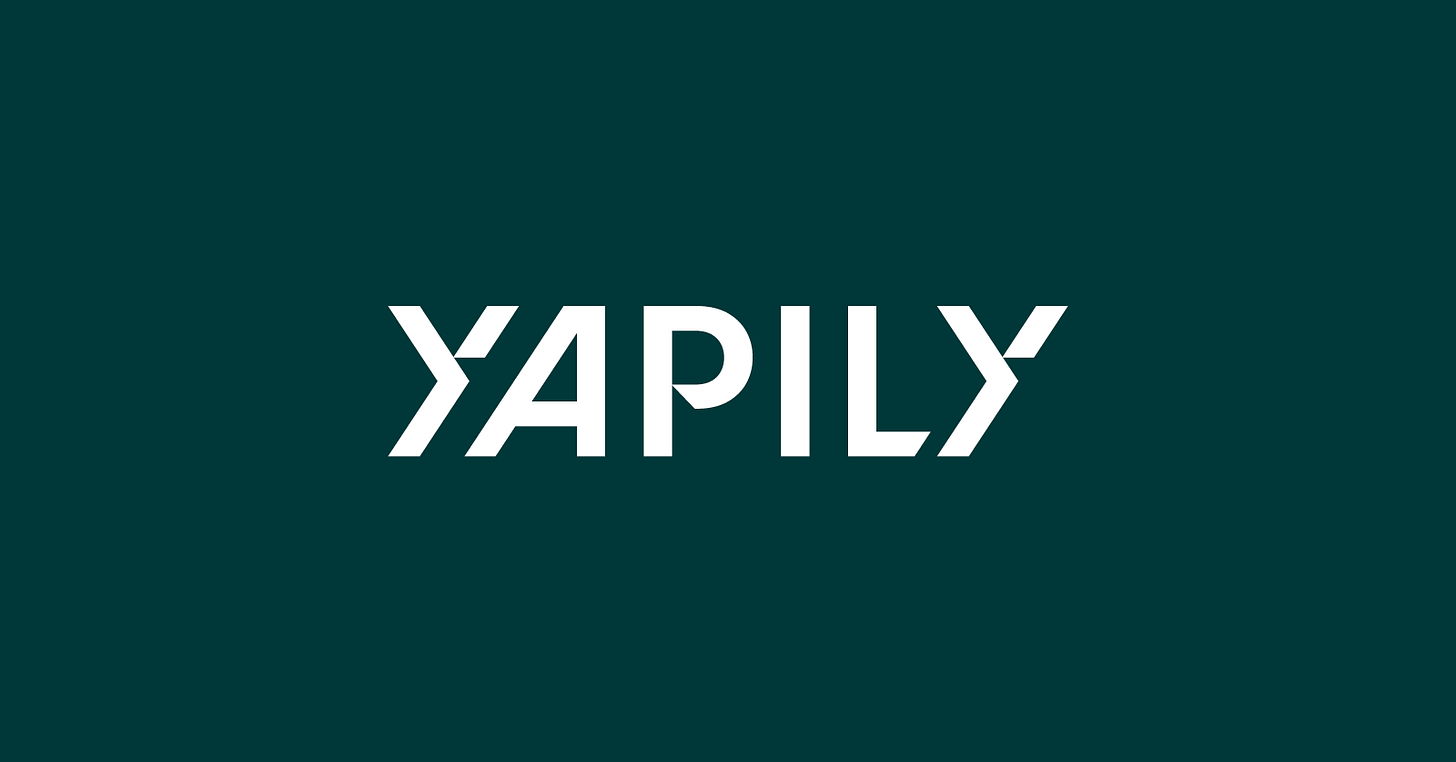“We’re not building the front end—we’re powering the infrastructure.” That has long been Yapily’s positioning, and it remains a defining characteristic of its approach to Open Banking. Unlike some competitors, Yapily has deliberately avoided front-end user experiences, instead focusing on deep technical connectivity and enterprise-grade API infrastructure.
This backend-first strategy has shaped how Yapily competes—not as a merchant-facing enabler, but as a behind-the-scenes provider of Open Banking rails. As demand for account-to-account (A2A) payments and data integrations grows across sectors, Yapily has sought to distinguish itself through technical breadth, stability, and a white-labelled delivery model.
Aggregation-Led, But Evolving
Yapily’s core value proposition has historically centred on bank connectivity across Europe, with a particular emphasis on depth of integration and standards compliance. As a result, the company has built out one of the broader footprints in terms of bank coverage, especially across markets where Open Banking regulation has taken hold.
Until recently, this remained largely an aggregation play—exposing underlying account information and payment initiation APIs with minimal opinion on how those services were consumed. But market expectations have shifted. Fintechs, lenders, and platforms increasingly want more than raw API access; they need stability, reliability, and tooling to turn connectivity into outcomes.
Yapily has responded by enhancing elements of orchestration within its stack—not in the form of hosted payment flows, but through developer tooling, consent management capabilities, and enriched data outputs that aim to simplify downstream use.
Infrastructure for Infrastructure Providers
Perhaps more than others in this space, Yapily has leaned into B2B2B distribution. It positions itself not just as an Open Banking provider, but as the infrastructure layer beneath other infrastructure providers. This makes it a partner to lenders, finance platforms, and increasingly even other fintechs looking to build Open Banking capabilities into their own propositions without taking on full regulatory or technical complexity.
The company’s acquisitions and partnerships reflect this posture. The 2022 acquisition of finAPI gave Yapily a deeper foothold in the German market and strengthened its position in high-regulation use cases like credit risk and affordability checks. Its product roadmap remains focused on enabling others to build, rather than owning the full stack of orchestration or UX.
A Different Path in the Orchestration Landscape
Yapily’s relative absence from merchant-focused A2A payment experiences sets it apart from orchestration-led models like those of TrueLayer or Volt. It has not pursued hosted journeys or payout services, choosing instead to support clients who bring their own interfaces or combine Yapily’s APIs with other layers of orchestration.
This may be a limitation in some verticals, but it also reflects a deliberate choice: Yapily is optimising for resilience, neutrality, and ease of integration—not for branded experiences. In a market where infrastructure providers increasingly blur the line between platform and product, Yapily’s focus on composability and partner enablement is a notable contrast.
The Role of Yapily in a Fragmented Ecosystem
As Open Banking continues to evolve, Yapily represents a particular strand of the infrastructure narrative—one where low-level reliability and technical coverage matter more than packaging or orchestration polish. It won’t suit every use case, but for developers and platforms building financial services from the ground up, Yapily remains an important part of the Open Finance stack.
The bigger strategic question is whether the winning players in Open Finance will be those who stay behind the scenes—offering quietly reliable infrastructure without owning the full user journey—or those who build more visible, integrated layers of orchestration and control. Yapily’s approach is firmly in the former camp. Whether that kind of infrastructure remains quiet by design—or eventually needs to get louder, more full-stack, and more opinionated—will shape how this market evolves.




